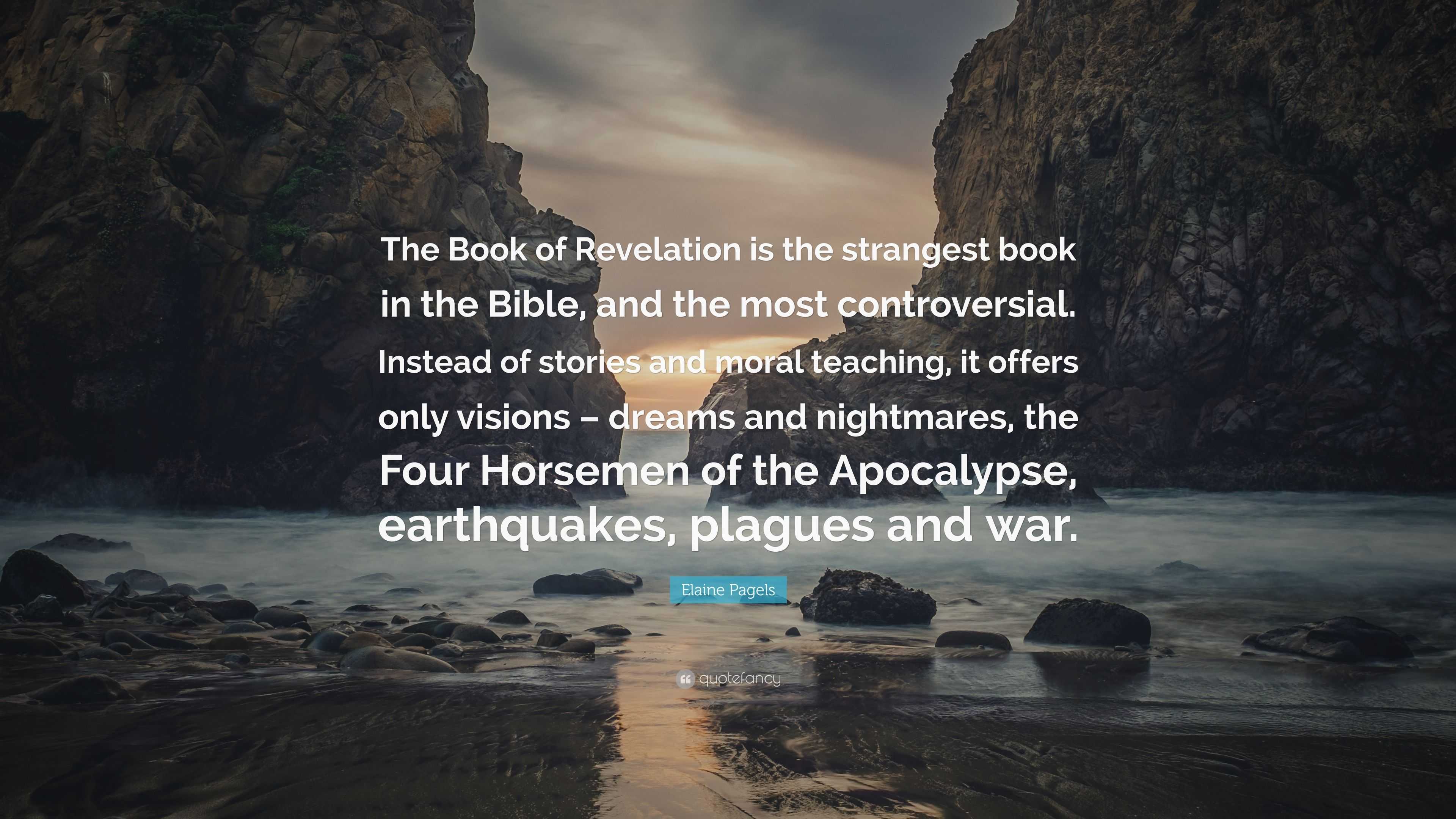

A review of the book in the UK newspaper, The Sunday Times, led to the UK broadcaster, Channel 4, commissioning a major three-part series inspired by it, called Jesus: The Evidence.

She follows the well-known thesis that Walter Bauer first put forth in 1934 and argues that the Christian church was founded in a society espousing contradictory viewpoints. Modern Library named it one of the 100 best books of the twentieth century. It was a best seller and won both the National Book Award in one-year category Religion/Inspiration Īnd the National Book Critics Circle Award. Pagels' study of the Nag Hammadi manuscripts was the basis for The Gnostic Gospels (1979), a popular introduction to the Nag Hammadi library. In 1975, after studying the Pauline Epistles and comparing them to Gnosticism and the early Church, Pagels wrote the book, The Gnostic Paul which argues that Paul the Apostle was a source for Gnosticism and hypothesizes that Paul's influence on the direction of the early Christian church was great enough to inspire the creation of pseudonymous writings such as the Pastoral Epistles ( First and Second Timothy and Titus), in order to make it appear that Paul was anti-Gnostic. She headed its Department of Religion from 1974 until she moved to Princeton in 1982. in 1970, and joined the faculty at Barnard College. in religion at Harvard University as a student of Helmut Koester and part of a team studying the Nag Hammadi library manuscripts. After briefly studying dance at Martha Graham's studio, she began studying for a Ph.D.

She graduated from Stanford University, earning a B.A. She started to learn Greek when she entered college, and read the Gospels in their original language. Pagels remained fascinated by the power of the New Testament. After joining an Evangelical church at the age of 13, she quit when the church announced that a Jewish friend of hers who had been killed in a car crash would go to hell because he had not been " born again". She found it to be "the most spiritual of the four gospels". According to Pagels, she has been fascinated with the Gospel of John since her youth. She is the daughter of Stanford University botanist William Hiesey. Pagels (pronounced Paygulls) was born February 13, 1943, in California.


 0 kommentar(er)
0 kommentar(er)
